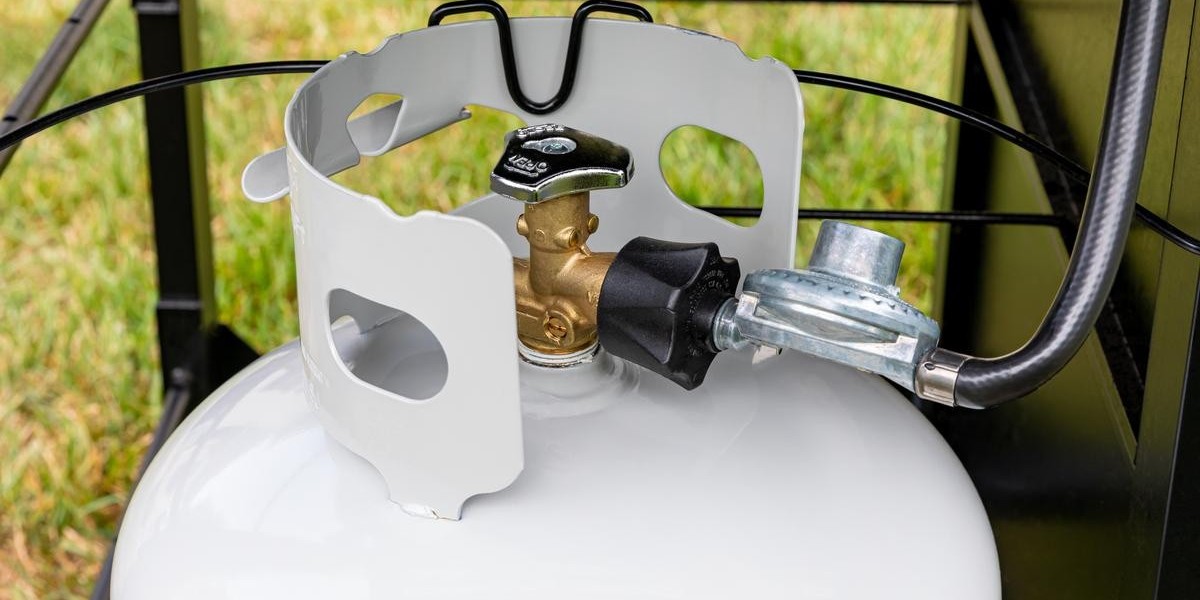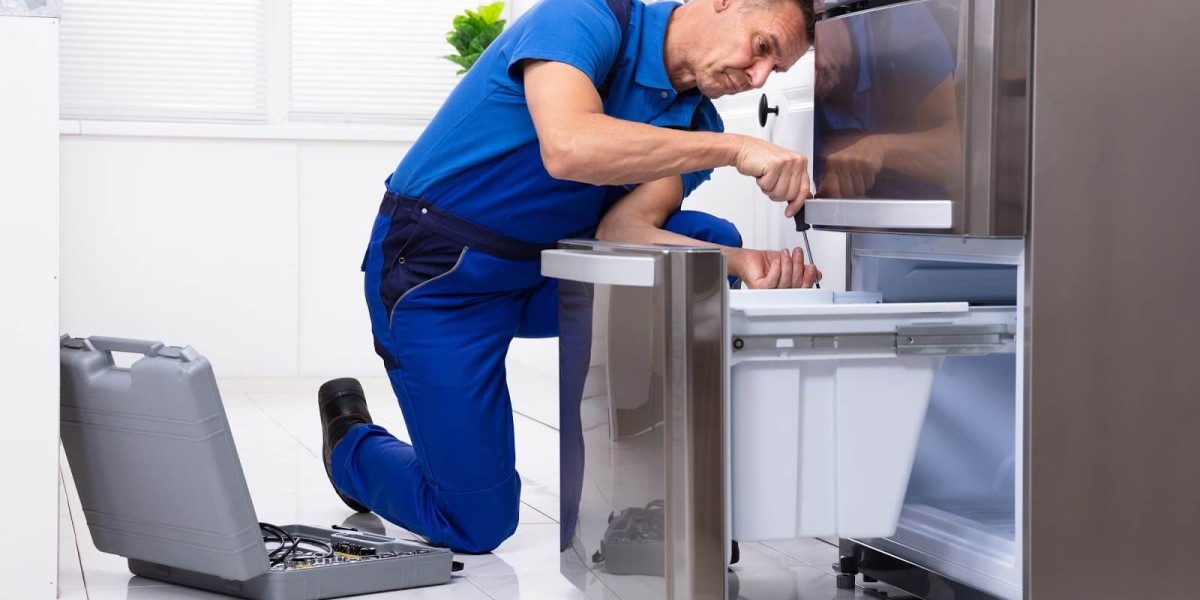When it comes to the safe and efficient use of LPG (liquefied petroleum gas) for various applications, the selection of the right LPG regulator is paramount. A well-chosen regulator ensures that the gas flow is controlled effectively, minimizing risks and maximizing performance.
Understanding LPG Regulators
LPG regulator plays a pivotal role in regulating gas pressure from the source to the appliance. The main purpose of a regulator is to reduce the high-pressure gas from the cylinder to a lower, manageable pressure that the appliance can use effectively. This ensures a consistent and safe gas flow, preventing fluctuations that could lead to inefficient combustion or even accidents.
Key Factors to Consider
Gas Flow Rate and Appliance Compatibility
One of the fundamental aspects to consider when selecting an LPG regulator is the gas flow rate required by the appliance. Different appliances have varying gas consumption rates, and choosing a regulator that matches the required flow rate is crucial for optimal performance. A mismatch could result in an inadequate gas supply, affecting the appliance's functionality.
Inlet and Outlet Connection Types
LPG regulators come with various inlet and outlet connection types to fit different types of cylinders and appliances. It's imperative to ensure that the regulator's connections align with your LPG cylinder and appliance. Using incompatible connections can lead to gas leaks, posing significant safety hazards.
Pressure Regulation Accuracy
Regulating gas pressure accurately is essential for efficient combustion and safe operation. High-quality regulators offer precise pressure control, maintaining a consistent gas flow even in varying conditions. When selecting a regulator, opt for models that provide reliable pressure regulation, ensuring optimal performance of your appliances.
Safety Features
Overpressure Protection
Safety should always be a top priority when dealing with LPG. Look for regulators that feature overpressure protection mechanisms. These mechanisms automatically shut off gas flow if the pressure exceeds safe limits, preventing potential accidents and gas leaks.
Thermal Protection
Some regulators come equipped with thermal protection features that activate in case of extreme temperature changes. This safeguard prevents the regulator from freezing or overheating, ensuring its longevity and reliable performance.
Maintenance and Durability
Material Quality
The construction of the regulator significantly impacts its durability. High-quality materials, such as brass or stainless steel, are less prone to corrosion and wear, ensuring a longer lifespan for the regulator. Invest in regulators made from durable materials to avoid frequent replacements.
Ease of Maintenance
Regular maintenance is vital to keep the regulator functioning optimally. Choose models that are designed for easy disassembly and cleaning. This makes maintenance a breeze, enhancing the longevity and efficiency of the regulator.
How to Install an LPG Regulator?
Proper installation of the LPG regulator is paramount to ensure its safety and effectiveness. It's recommended to have the regulator installed by a qualified professional who understands the intricacies of gas systems. DIY installation might lead to improper setup, which can result in gas leaks or inefficient gas flow.
Once the regulator is installed, it's crucial to conduct a thorough gas leak test. This involves applying a soap solution to the regulator connections and observing for any bubbles. If bubbles form, it indicates a gas leak and immediate action is necessary to rectify the issue before using the appliance.
Conclusion
Selecting the right LPG regulator involves a combination of careful consideration, technical understanding, and a commitment to safety. By evaluating factors such as gas flow rate, compatibility, pressure regulation accuracy, safety features, and durability, you can make an informed decision that ensures the safe and efficient use of LPG for your various appliances.
In conclusion, the art of selecting an LPG regulator is a meticulous process that requires attention to detail and a focus on quality. With the right regulator in place, you can enjoy the benefits of LPG-powered appliances while keeping safety at the forefront.



![[Instant Support] How Do I Contact QuickBooks Payroll Support Number?](https://insta.tel/upload/photos/2025/01/odyPNLz9yKHwRSMCQ8cy_02_0b7562433abb5865c04e0c1a39c4180c_image.png)